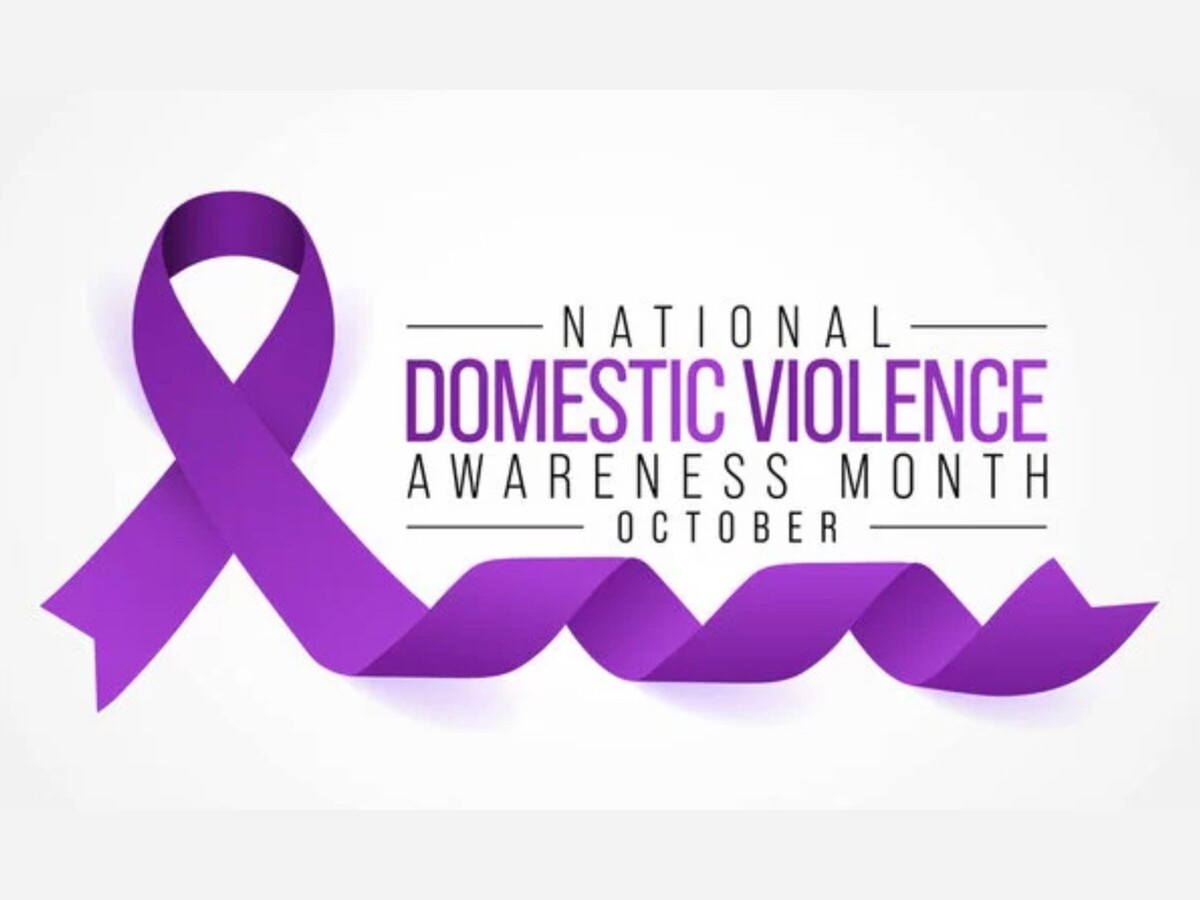Image


Every October, America glows in purple — the color of courage, survival, and remembrance. But beneath that hue of hope lies a brutal truth: for too many people, “home” remains the most dangerous place they know.
This is Domestic Violence Awareness Month (DVAM), a 37-year-old movement born from grief, resilience, and defiance. What began as a grassroots campaign in 1987 — made official by Congress in 1989 — was more than an observance; it was a rebellion against silence. It was the insistence of survivors and advocates who refused to let bruises, fear, and lost lives remain invisible.
Decades later, the purple lights still shine. But the question lingers: has society truly listened?
Domestic violence does not discriminate. It transcends race, class, gender, and zip code. It happens in penthouses and in public housing, among professionals and students, immigrants and retirees.
In the United States, 1 in 3 women and 1 in 4 men experience intimate partner violence. Every minute, nearly 20 people are abused by an intimate partner. Every day, more than three women are murdered by a current or former partner. And every child who grows up amid fear carries invisible scars that shape who they become — often perpetuating a cycle that began before they could speak.
This is not a private matter. It is a public emergency — one that seeps into schools, workplaces, hospitals, and communities. Employers lose billions in productivity when survivors miss work due to abuse. Healthcare systems strain under untreated trauma. Police respond to countless domestic calls that too often end in tragedy.
Even our nation’s most visible crises are entwined with this one: over half of mass shootings in America have roots in domestic abuse. Many unhoused women are fleeing violent partners. The epidemic of domestic violence is not a side story — it is the thread running through the headlines we claim to care about.
During the COVID-19 lockdowns, isolation became a prison for countless victims trapped with their abusers. Calls to hotlines surged. Shelters filled beyond capacity. And even as society has “returned to normal,” survivors have not. The calls for help have not stopped — they’ve only grown quieter.
And while domestic violence affects everyone, it does not affect everyone equally.
Black women are killed by men at nearly three times the rate of white women.
Immigrant survivors face language barriers and fear deportation if they report abuse.
LGBTQ+ survivors encounter disbelief and systemic neglect.
Poverty, racism, and gender inequality don’t just make people more vulnerable — they make it harder for them to escape.
We live in a culture that romanticizes control and mislabels it as passion.
A slammed door becomes a “lover’s quarrel.”
A bruise becomes a “private issue.”
Victims are told to “stay for the kids” or “try harder.”
When survivors speak, we too often ask, “Why didn’t you leave?” instead of, “Why did they hurt you?”
This silence — the cultural silence — sustains abuse more effectively than any locked door. It is a silence that excuses, minimizes, and erases.
And in a time when our nation debates every conceivable injustice — racial inequity, reproductive rights, gun violence, corruption — we still hesitate to confront the violence that unfolds in bedrooms, kitchens, and living rooms every single day.
If we’re serious about building safer communities, we must start at home.
Domestic Violence Awareness Month is not about ribbons and slogans. It’s about responsibility — collective and personal. It asks us hard questions:
Change begins with action. It means funding shelters so that no survivor is turned away. It means training law enforcement to recognize danger before it turns deadly. It means reforming courts that still fail victims. It means investing in prevention — teaching young people what healthy love looks like before abuse ever begins.
But more than anything, it means refusing to look away. Because the opposite of love isn’t hate — it’s indifference. And indifference kills.
Awareness must be more than a social media post or a purple filter. It must become movement — one that turns compassion into policy, empathy into safety, and awareness into survival.
The purple lights this month are not decorative gestures; they are calls to conscience. They remind us that domestic violence doesn’t just wound individuals — it weakens the very fabric of our society.
Every purple candle, every vigil, every survivor who steps forward — they are acts of rebellion against silence.
The story of Domestic Violence Awareness Month is, at its heart, a story of resilience. It is the courage of survivors reclaiming their voices, the persistence of advocates who refuse to give up, and the determination of communities demanding safety for all.
When we honor DVAM, we are not merely remembering 37 years of awareness — we are writing the next chapter: one where homes are safe, survivors are supported, and violence has no refuge.
Until that day, the lights will keep shining.
And they must.
Because behind every statistic is a name, a story, a family.
And behind every purple glow is the unwavering promise that we will not stop —
until silence is broken,
until fear is replaced with freedom,
until October is no longer about survival —but about healing.